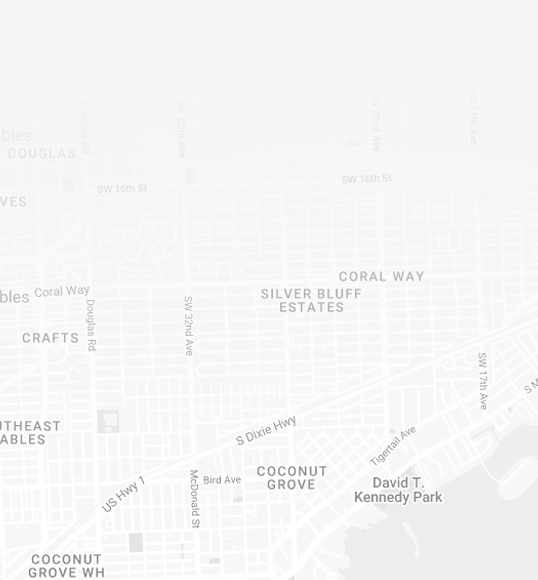Platelet-rich plasma (PRP) injections have a wide range of applications in various treatments, including:
PRP injections can be incorporated into procedures such as facelifts, breast augmentation, and scar revisions, among others. These injections promote healing, stimulate collagen production, and improve skin texture, leading to natural-looking and long-lasting results.
ANTI-AGING & SKIN TEXTURE
PRP injections improve skin texture, stimulate collagen production, and reduce the visibility of fine lines, wrinkles, and acne scars.





